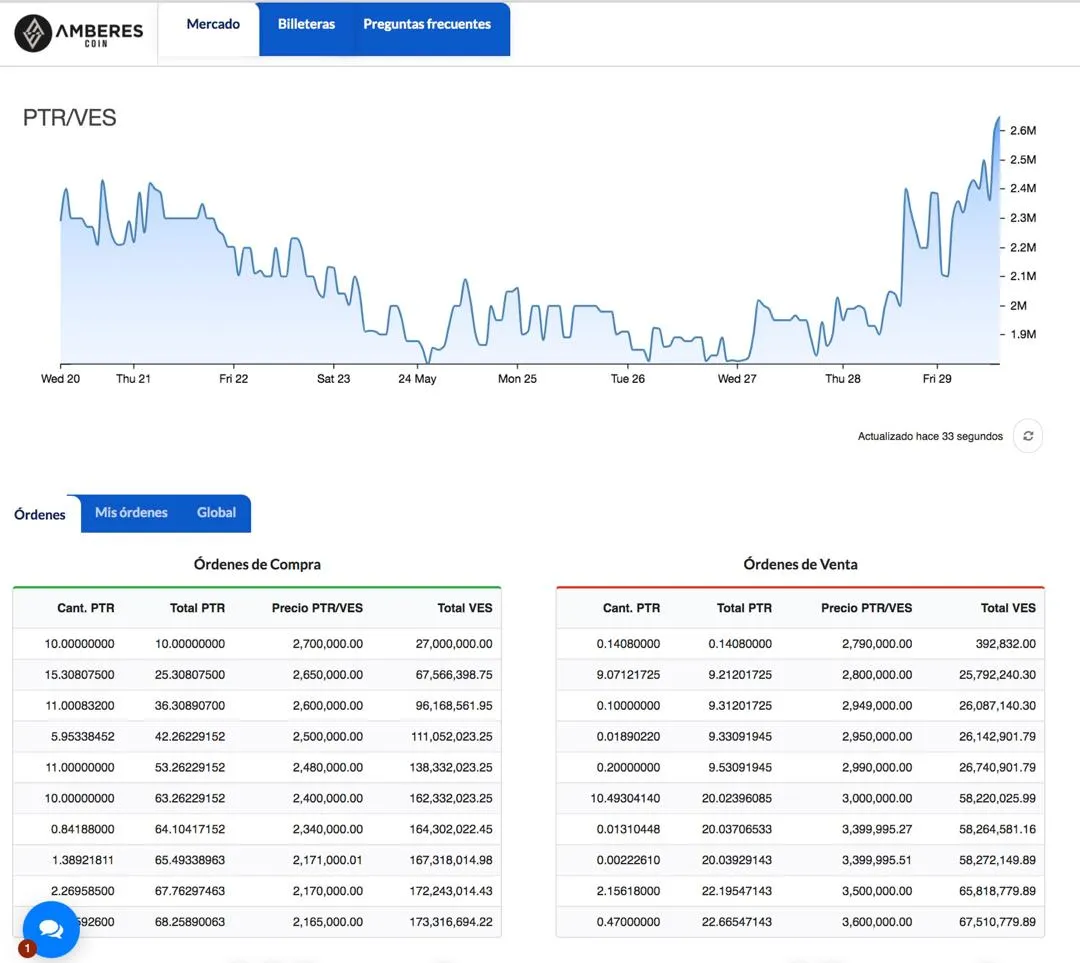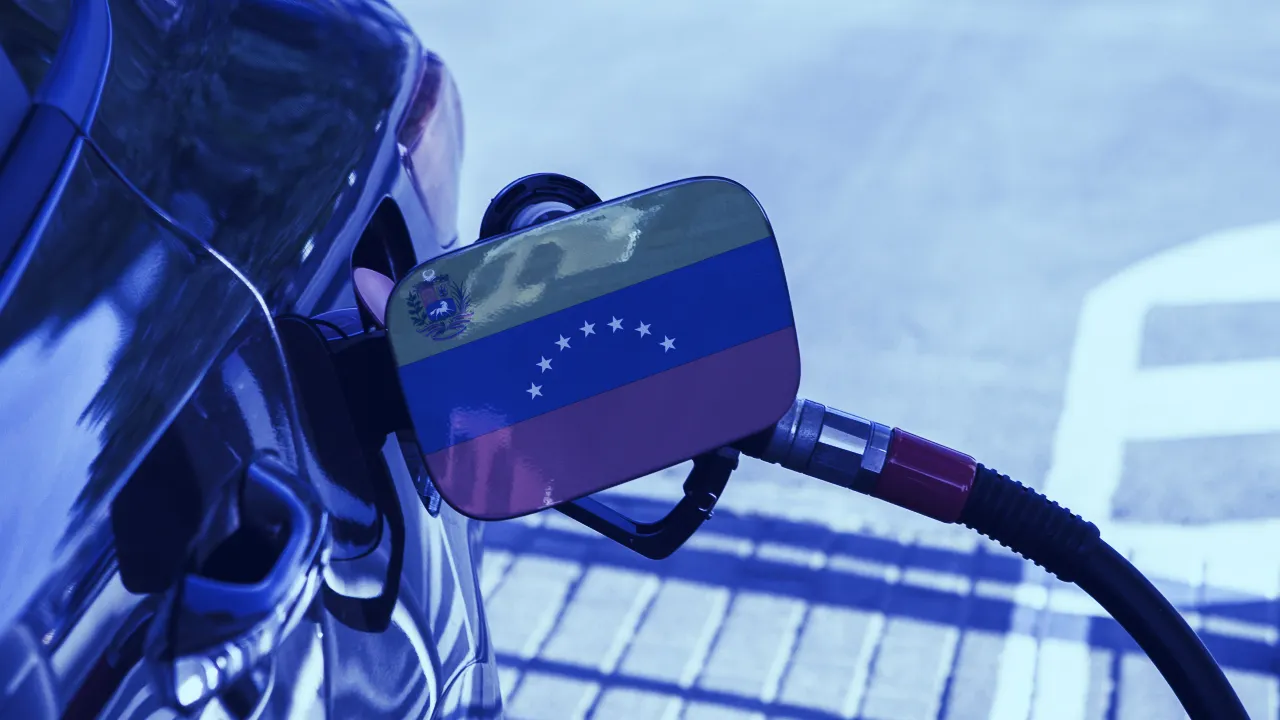In brief
- Venezuela has ended its "free" fuel subsidies and raised the price of gasoline to near international levels.
- The government has mandated that all gas stations in Venezuela accept the petro as payment.
- But the process of actually paying in petros isn't so easy.
After months of fuel shortages as a result of financial sanctions imposed by the Trump Administration, the government of Venezuela has taken a surprising shift in policy: It has ended the longstanding practice of subsidizing gasoline, which made fuel essentially free for its citizens.
The move raises the price of gasoline from near zero to 5,000 bolivars per liter, or 2.5 cents in USD terms. But there’s another twist: Venezuelans will be able to pay for gas with the state-backed “cryptocurrency” petro, if they can manage to sift through all the confusion surrounding the digital currency.
The government of Nicolas Maduro has ordered that all gas stations throughout the country must accept petros as payment for fuel. The administration posted the announcement on the official petro website and explained that the token will be accepted alongside other convertible currencies such as dollars, euros, and bolivars to "guarantee the population safe access to fuel."
But there's a catch: The announcement states that Venezuelans won't be able to use the Petro App, the only digital wallet available for use with the petro, for these purchases. Instead, fuel purchases must be made "through the available electronic mechanisms of the Patria Wallet, through the Biopago System." Biopago is a biometric payment system developed by Venezuela's largest bank.
This could prove problematic for Venezuelans looking to make use of petros for fuel, since the Patria system, the platform through which Venezuela’s government distributes social welfare benefits to its citizens, is so far not compatible with the Petro Wallet. For example, administrative costs, such as fees associated with drivers’ licenses and passports, can only be made with the PetroApp. However, purchases with Biopago are made through the Patria system.
This may also complicate things for petro traders, many of whom profit from price differences in the petro “stablecoin” across exchanges. The petros available for trading on exchanges and peer-to-peer trading desks are compatible with the PetroWallet. At the same time, the Patria platform has a native and restricted exchange that uses fixed auctions to operate.
Despite this distinction, the price of the petro has reacted favorably to the announcement with an increase of about 40% across local crypto exchanges, reaching a peak of 2.6 million bolivares (roughly $13 USD). The price, however, is still well below the $46 mark for the petro as listed on the Patria system, or the $58.5 listed by the official petro calculator.

For now, fuel costs for public transportation will remain 100% subsidized, and individual residents will be limited to 120 liters per month per vehicle. And while a price of 2.5 cents per liter of gas might seem like a dream to North Americans, it’s worth remembering that the minimum wage in Venezuela is still less than $5 per month.

